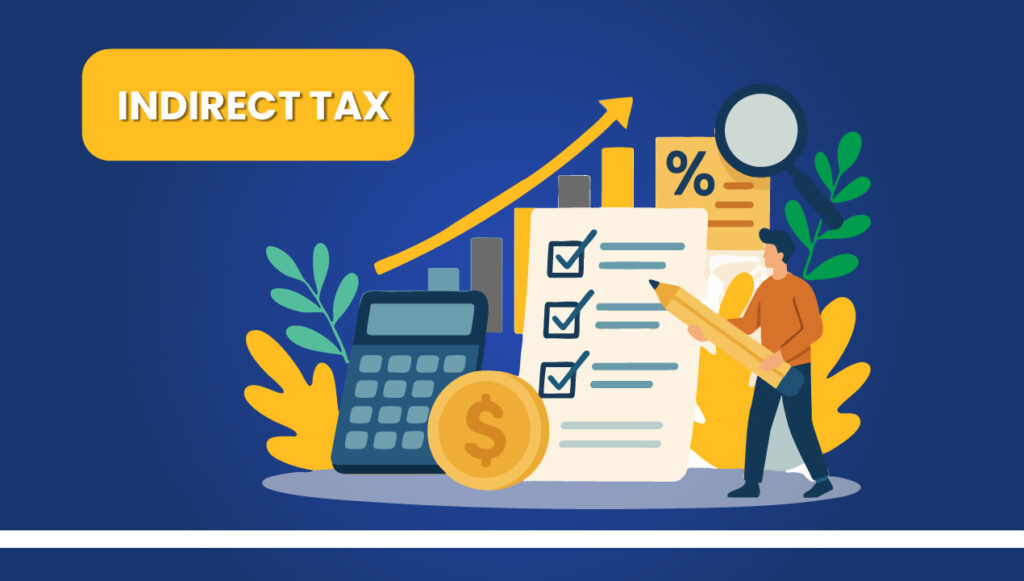The months of September and October 2025 have seen a wave of significant GST reforms, aimed at simplifying compliance, enhancing transparency, and aligning the indirect tax framework with the evolving needs of trade and industry.
The Central Board of Indirect Taxes and Customs (CBIC) issued a series of circulars and notifications addressing key policy and procedural clarifications — from treatment of post-sale discounts and ITC entitlement to refund mechanisms, valuation norms, and updated GST rate schedules.
Notably, Circular No. 251/08/2025-GST provided long-awaited clarity on the treatment of secondary or post-sale discounts, confirming that no ITC reversal is required where transaction value remains unchanged. Other circulars streamlined processes by integrating Document Identification Numbers (DIN) into CBIC’s eOffice system and withdrawing earlier redundant procedural guidance.
The GST (Amendment) Rules, 2025 introduced through Notification No. 13/2025 mark a major structural upgrade — including new provisions for the GST Appellate Tribunal, enhanced refund timelines, and revised annual return formats (GSTR-9 and GSTR-9C) to improve accuracy and reconciliation.
In one of the most comprehensive rate overhauls since GST’s inception, Notifications No. 9–17/2025-Central Tax (Rate) revamped the rate and exemption schedules for goods and services, simplifying slabs, rationalizing exemptions, and providing sectoral relief — especially to handicrafts, insurance, and logistics.
Further, Instruction No. 06/2025-GST introduced a risk-based provisional refund mechanism, enabling faster disbursal of 90% of low-risk claims — a major boost to working capital efficiency for compliant taxpayers.
Together, these measures underscore the government’s commitment to building a simpler, more efficient, and digitally integrated GST regime, focused on ease of doing business and faster resolution of tax matters.






